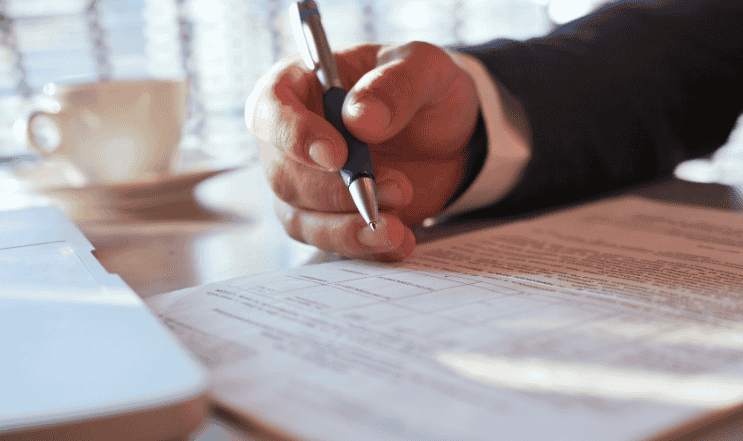
| 

Although many people are concerned about fraud, the evolution in technology has meant that although fraud is still attempted, the counteractive measures in place are more advanced than in the past, making fraud challenging to carry out.
One of the most active methods of avoiding fraud is the use of liveness checks. Many will recognise liveness checks as a selfie that helps identify them regarding applications, but only some know there are two forms of liveness checks, active and passive.
Both forms of liveness checks can help counteract fraud, as the presence of it alone can be enough to scare off those attempting to open bank accounts or apply for credit using fraudulent details.
Using biometrics also means that any applications are halted and flagged straight aware, but there are still some differences between the two.
What is an Active Liveness Check?
Active liveness checks will use biometrics to identify a person and ask the user to perform actions. The advancements made regarding liveness checks ensure that technology used to create deep fakes cannot be manipulated to pass liveness checks.
However, active liveness checks can mean it takes longer for a customer to open an account, so they should only be used when there are high fraud and security concerns, especially regarding credit and bank accounts.
What Is a Passive Liveness Check?
Passive liveness checks identify a person using biometrics and don’t require carrying out additional actions.
Sometimes, a passive liveness check will also involve online document verification, but this can be true with an active liveness check. Because there is less required from the user, using a passive liveness check allows users to complete actions quickly but can be less secure than active checks.
What Is a 3D Liveness Check?
There can be times when liveness checks are referred to as ‘3D liveness checks’, but this is another term for active checks. Rather than submitting one selfie, a 3D liveness check will require taking several photographs, which are then used to confirm their identity.
The three-dimensional aspect refers to the biometric using these photographs to create an image that is compared to documents and allows for more detail to be captured.
Which Liveness Check is the Best Fit for a Business?
Whether you’re an online user becoming familiar with liveness checks or a business wanting to take advantage of the technology, many will be wondering which is the best fit for a business.
The truth is it can depend on the business. Although financial institutions are advised to use an active liveness check, every business and organisation can differ. The difference can be between security and user expectations but becoming more familiar with liveness checks ensures companies can implement the correct solution.


